While we spent all of ANZAC Day at Gallipoli, we weren’t able to stop and see the Battlefields and cemeteries, so today we returned to the Peninsula.
Before we headed off we took the ferry to Canakkale for a look around the town and enjoy the waterfront, recently renovated and complete with another version of the Trojan Horse. This is a beautiful town on the Eastern shore of the Dardanelles, which has obviously benefitted from the tourist trade. We grabbed a coffee and some great Turkish bakery treats – they do ‘sweet’ exceptionally well!
The Gallipoli Kabatepe Museum and Simulation centre provided an opportunity to understand and experience the Turkish side of the war. This was an excellent reminder of the perspective of a country under invasion, defending their land, homes and families… just as we would. At the same time, there were many stories of the Turks and ANZACs showing humanity and compassion towards each other – young soldiers sharing food and supporting wounded.
I hadn’t appreciated that the Turkish only made the decision to join forces with the Germans in the months leading up to the war – it could have gone either way. In the previous year they had actually ordered war ships from Britain… Not surprising that order was not fulfilled when the war broke out!
One of the most interesting aspects of the Turkish war strategy was the laying of mines in the Dardenelles. They lay 10 rows of mines perpendicular to the straights, and decided to lay 1 row parallel. This decision proved to be key, as minesweepers cleared the perpendicular rows, but the current took ships to the parallel row in Eren Keui Bay. Had the ships been able to pass through the Dardanelles, the Allied Forces would have captured Constantinople (Istanbul) and Gallipoli would have a very different place in history.
Our tour of the battlefields started with a special stop at Shrapnel Valley Cemetery. Here we found the grave of Lieutenant Herbert G. Hinton, a member of the 2nd Australian Light Horse Regiment who died on 7 August 1915. Lieutenant Hinton rests in a beautiful spot, on slight slope under the shade of a Judas tree. Most importantly, Herbert was also the Great-Great-Grandfather of Emma’s best friend, Ella… this brought home the personal sacrifice that so many families have made in war. Alex laid a rock brought from Highgate Hill at his grave.
ANZAC Cove and Ari Burnu Cemetery was the next stop. This was the site of the first landing, and it’s hard to imagine that a place so beautiful could have been the scene of such loss. The waters are calm and clear, and the pebbles make a lovely sound as the small waves wash over them.
However, when you turn towards the land the story is so different – great cliffs (the Sphinx) tower above the Cove and prevented the ANZACs from advancing as planned. A huge mistake on the part of the British, which led to a terrible day in Australia’s history.
The ANZAC commemorative site was originally at Ari Burnu Cemetry, but as crowds have grown in recent years, the site became too small – hence the new, larger site that has been the home of the commemoration since 2000. Beside Ari Burnu Cemetry is a monument which includes poignant words spoken by President Ataturk in 1934…
The Beach Cemetery is the resting place of Simpson. ‘Simpson and his Donkey’ is just one of so many stories of heroic and tireless acts of bravery by the ANZAC troops. Visiting this place though, you realise that the stories that have become legends are only a tiny part of the ANZAC story.
Our visit to Lone Pine was very different without thousands of people there. We were able to spend time reading some of the messages on the headstones, and reflecting on the stories of the people who are buried or commemorated there… So many, so heartfelt, so sad…
The youngest Australian soldier to die in the Gallipoli campaign is also commemorated at Lone Pine – Private Martin, 14 years old… 14.
From Lone Pine we walked up to see some of the trenches along the ridge line at Quinn’s Post. They’re no longer deep, but they still give the sense of how tight and terrifying conditions must have been.
The Turkish 57th Regiment monument stands between Lone Pine and Chunuk Bair. The 57th Regiment were on the ridge line when they saw the allied troops approaching, however had no bullets left to defend themselves. Scared, they turned to retreat, at which point Ataturk is said to have ordered them to hold their ground with the statement “Men, I am not ordering you to fight, I am ordering you to die”. This strategy bought time for the Turks to call reinforcements, and slowed down the advancement of the Allied troops.
It’s no wonder that Ataturk is such a respected leader, with the contrast of direction on the battlefield, and compassion years later.
Our final stops for the day were at Chunuk Bair (the New Zealand memorial), and the Nek. The views from both these sites are amazing, and highlight why they were such important areas for both sides to capture.
And so, this marks the end of our trip to the Gallipoli Peninsula. It’s been humbling, and has sparked such a huge range of emotions, but three stand out above the others…
Sadness. Gratitude. Pride.
Love M & theBunch xxx

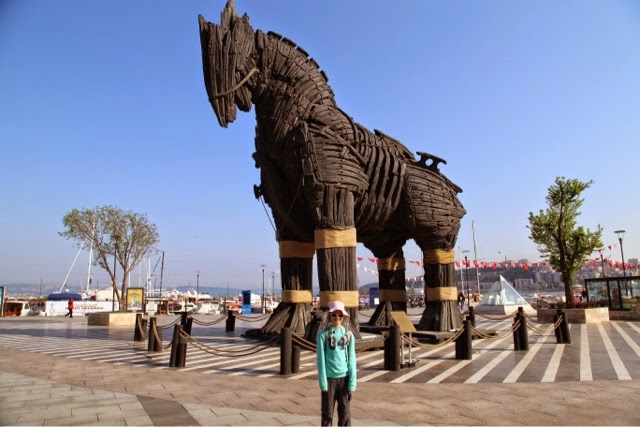
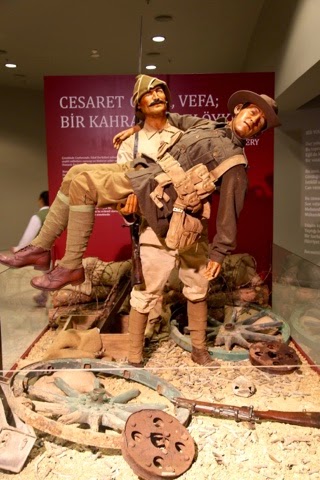
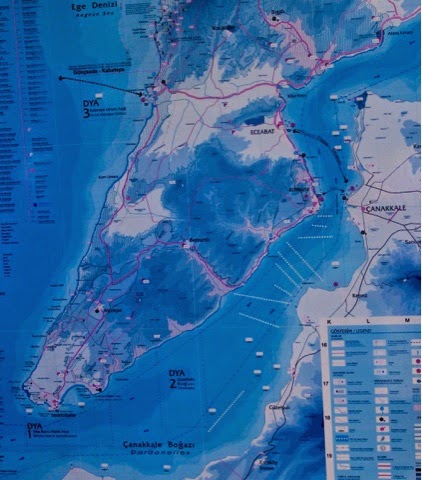
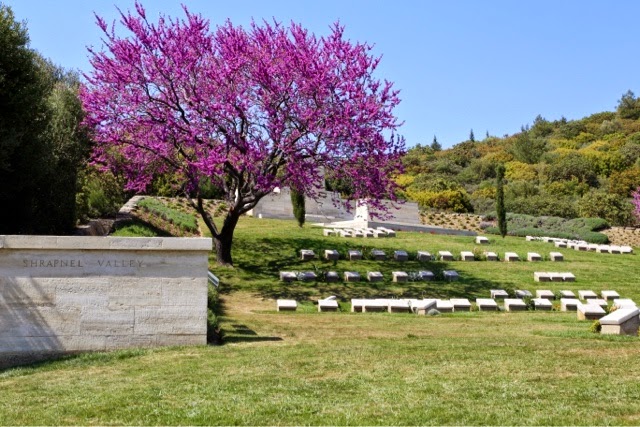
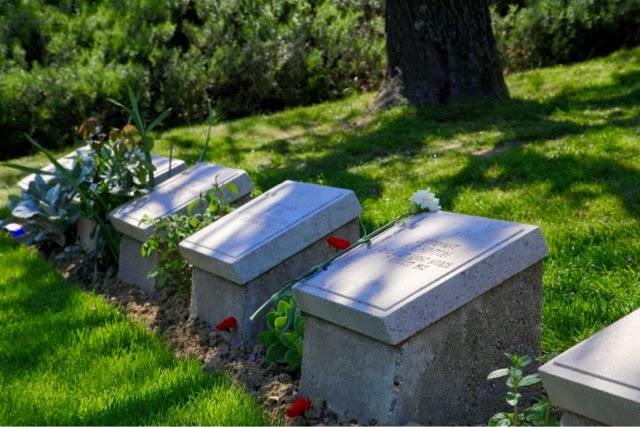
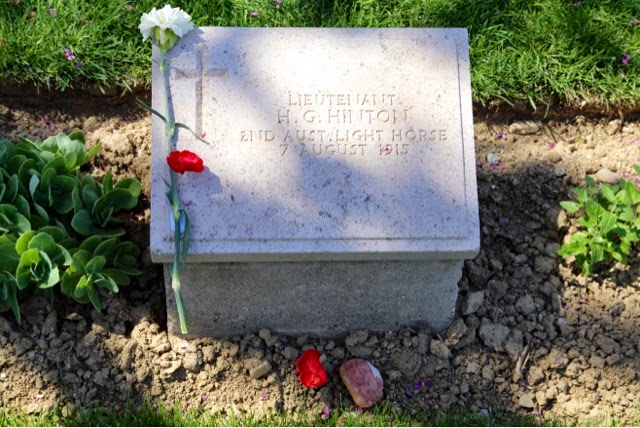

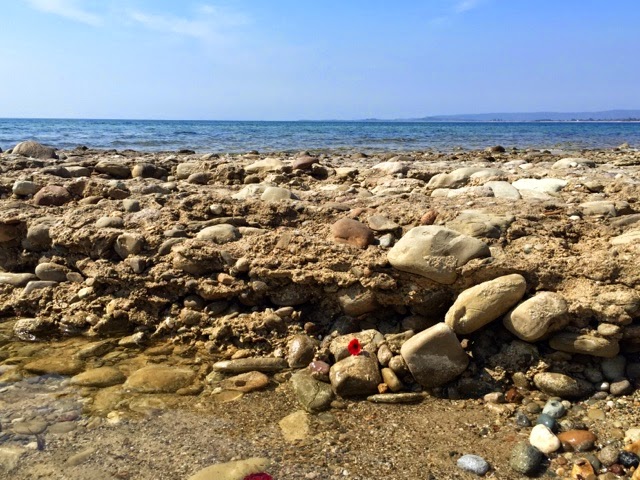
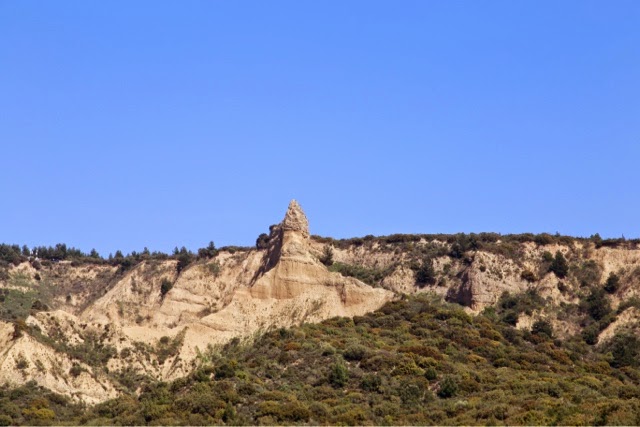
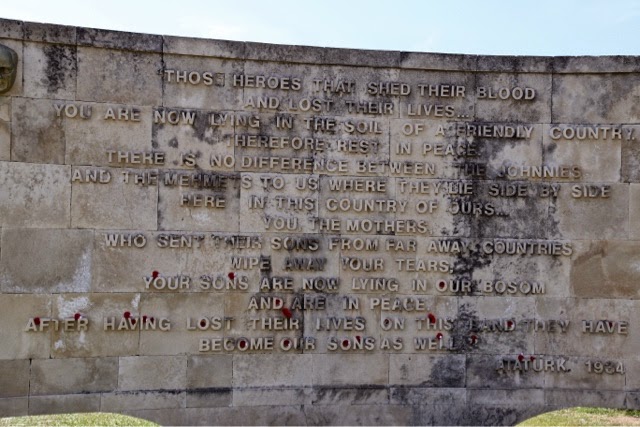
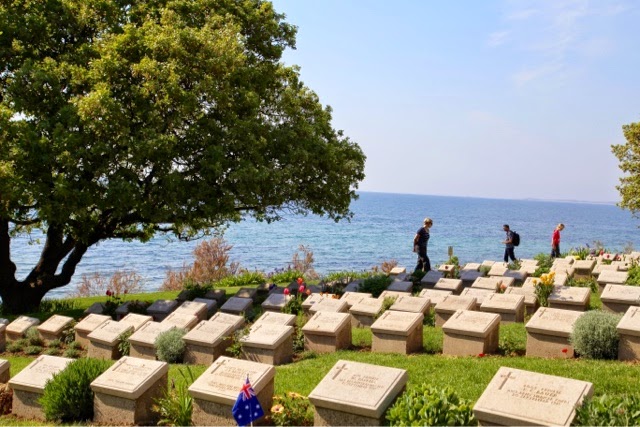
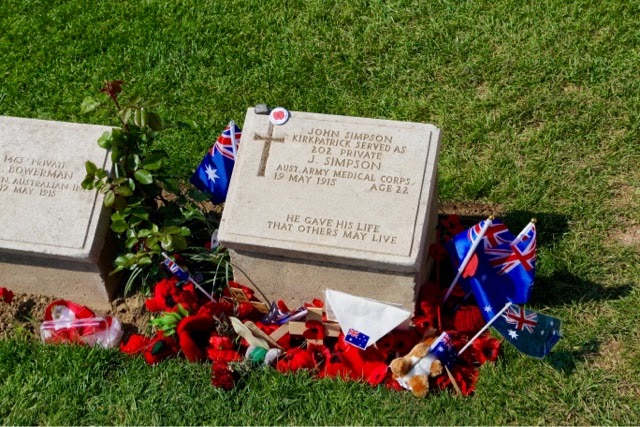
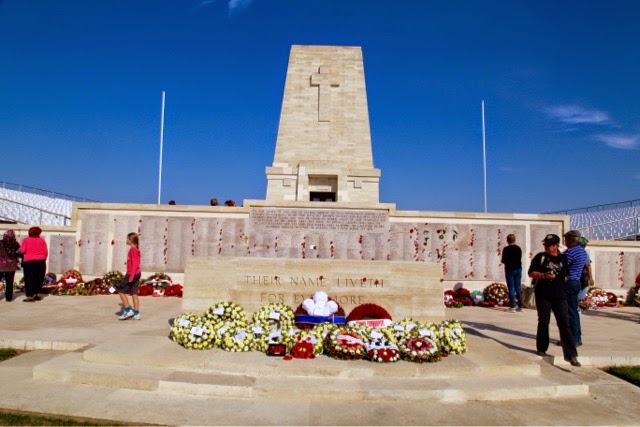
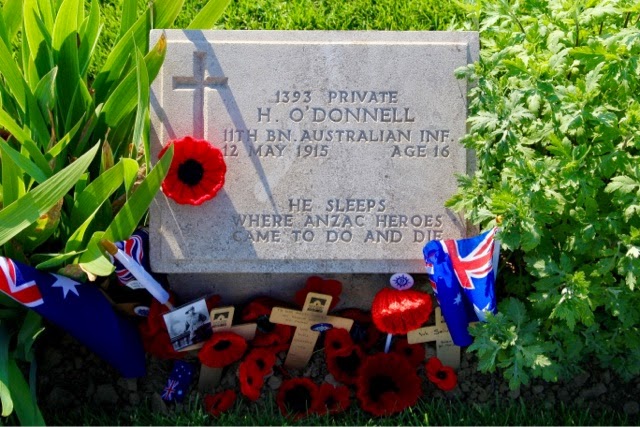
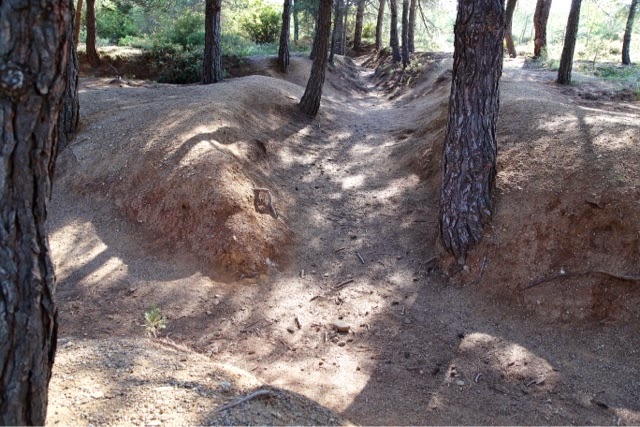
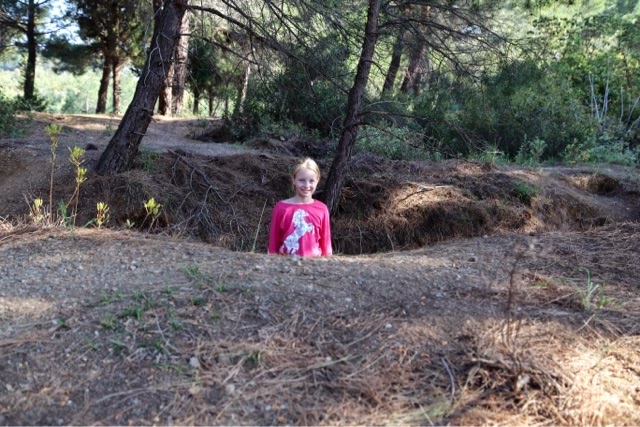
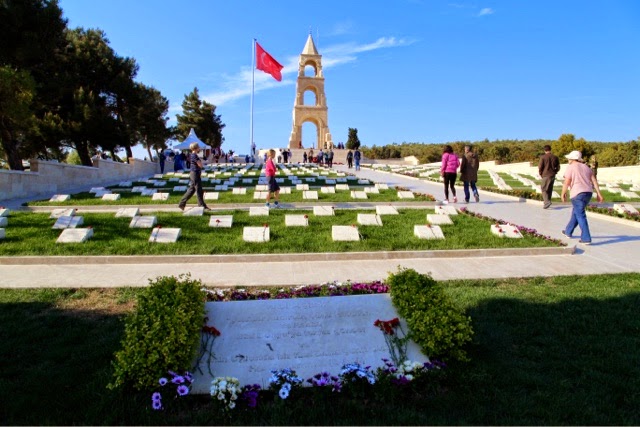
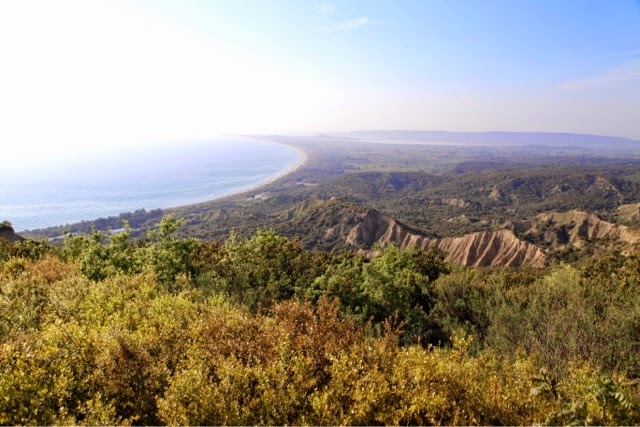
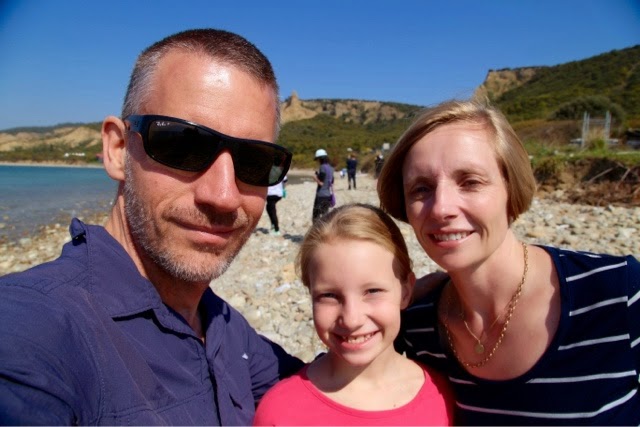
Comments are closed